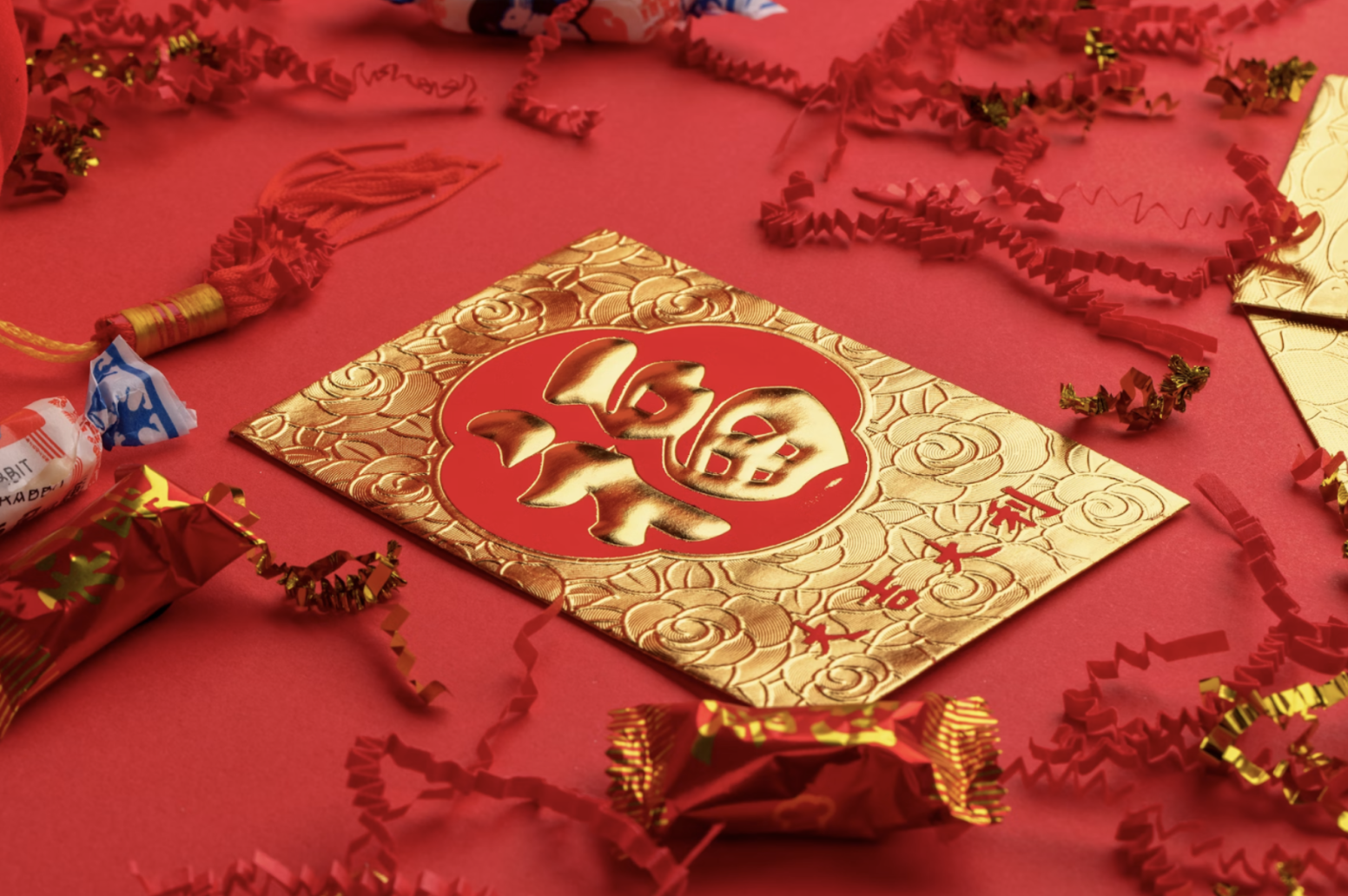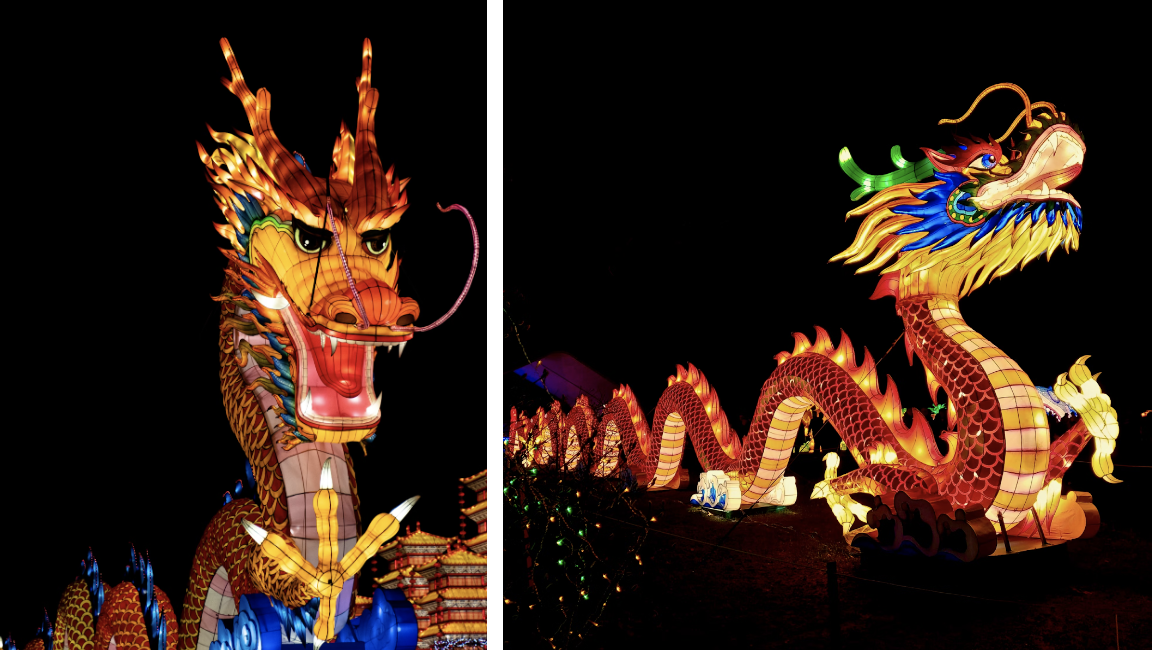Lunar New Year 2024: The Year of the Dragon
What is Lunar New Year (LNY) and what is it celebrating?
Lunar New Year (also known as Chinese New Year or the Spring Festival) follows the lunar calendar, in which the New Year commences on the first new moon after the winter solstice and lasts a total of fifteen days. These two weeks are filled with delicious food, joyous festivities, and time-honored traditions.
Did you know that approximately 2 billion people celebrate Lunar New Year around the world? Several countries have even officially designated it as a public holiday, including Brunei, Indonesia, Malaysia, Vietnam, Singapore, Korea, and China. While it’s traditionally celebrated in parts of East and Southeast Asia, much of the Asian American diaspora continue to observe the holiday with traditional foods and gatherings. Join us in the festivities this year!
What is the history of Lunar New Year?
The origins of Lunar New Year can be traced back over 3,000 years to ancient China, where it was initially tied to agricultural practices. The festival was a time to honor deities and ancestors, and seeking their blessings for a prosperous harvest. Some scholars believe that Chinese New Year originated in the Shang Dynasty, which spanned from 1600-1046 BC, and was then tied with the first day of the first month in the Chinese lunar calendar during the Han Dynasty from 202 BC - 420 AD. Over time, the celebration evolved into a more comprehensive cultural event, incorporating various rituals, ceremonies, and festive activities. While many countries celebrate differently, there are a few common threads and traditions
Lunar New Year Traditions
Reunion and Feasting
Family plays a central role in Lunar New Year celebrations. It is a time for loved ones to come together, often traveling long distances to reunite. The reunion dinner, held on the eve of the Lunar New Year, is a significant event where multiple generations gather to share a sumptuous meal. Traditional dishes hold symbolic meanings, with ingredients chosen for their auspicious connotations.
Purging Bad Luck and Welcoming Good Luck
Homes are thoroughly cleaned to sweep away any lingering bad luck, and families come together to share festive meals. Red decorations, a symbol of good luck and prosperity, adorn homes and public spaces. Traditional clothing, often in vibrant red and gold hues, is worn to symbolize renewal and good fortune.
Fireworks and Dragon Dances
The festival is marked by vibrant displays of fireworks and dragon dances. Fireworks are believed to ward off evil spirits, while the dragon, a symbol of power and good fortune, dances to bring prosperity in the coming year. Streets come alive with the rhythmic movements of dragon and lion dances, accompanied by the cacophony of firecrackers, creating a lively and auspicious atmosphere.
Red Envelopes and Gift-Giving
A cherished tradition during Lunar New Year involves the exchange of red envelopes, known as "hongbao" in Chinese. These envelopes contain money and are given as gifts to children and unmarried individuals, symbolizing good luck and blessings for the recipient. It is a gesture of goodwill and prosperity that strengthens social bonds.
How is Lunar New Year celebrated in different Asian cultures?
Lunar New Year is celebrated in many countries throughout Asia. Though many similar customs are shared throughout the region – feasting on “prosperous” food, giving and receiving money, spending quality time with loved ones, etc – there are some practices unique to certain countries.
For example, in China, it is customary for individuals not to buy or give books during the New Year. The Chinese words for “book” and “lose” are the same, and therefore it is believed that books will bring bad luck into the New Year.
Over in Korea, it is customary for individuals to wear “hanbok”, traditional Korean clothing that is to be worn on special occasions. In the Philippines, you will often find individuals wearing polka dots, as the round shape symbolizes prosperity and good fortune. There are many ways Asian cultures celebrate the new year, from food to fashion to omens for good fortune!
What does the Year of the Dragon stand for?
A significant feature of the lunar calendar is the Chinese zodiac. The lunar calendar contains twelve years, with each year named after an animal. Why these twelve animals? According to legend, the Jade Emperor (also known as Yuhuang, Yu Di, and the Heavenly Ruler) in China’s Zhou Dynasty held a competition which would be used to measure time. The race required animals to swim across a rapidly-moving river, and the winners were rewarded with a year of the zodiac named after them. As myth would have it, the mighty yet compassionate dragon was expected to win the race but stopped to help several villagers on his route. Therefore, the benevolent dragon placed 5th behind the rat, ox, tiger, and rabbit, and before the snake, horse, sheep, money, rooster, dog, and finally the pig.
The dragon is a special zodiac animal as it is the only one that is a mythical creature. Contrastingly to the Western view of dragons as bringing evil and darkness, the dragon in Eastern cultures symbolizes power and authority. This perception of the dragon transfers over to many dominant personality traits believed to be embodied by those born in the year of the dragon. Per superstitious beliefs, individuals born in the year of the dragon are said to be charismatic, intelligent, confident, and powerful - does that remind you of anyone?
What YOU can do to celebrate LNY
Try to do one of these each day for the first week, starting on Saturday, February 10th!
Day 1: Give away one thing you no longer need but you’ve been holding on to.
Day 2: Go to a local restaurant and order dumplings. Bonus points if you can make them from scratch!
Day 3: Write a positive affirmation and put it in a red envelope, give it to a friend.
Day 4: Grab some paper and scissors and make your own lanterns and flags to decorate your house!
Day 5: From the comfort of your couch, watch some lion dances or parades on YouTube or other streaming platforms.
Day 6: Call a loved one and tell them how much they mean to you.
Day 7: Share your culture with friends by reposting this educational article on your social media (and tag us @anisehealth).
These fun activities can help set yourself up to bring great luck, love, and positivity into the New Year!





